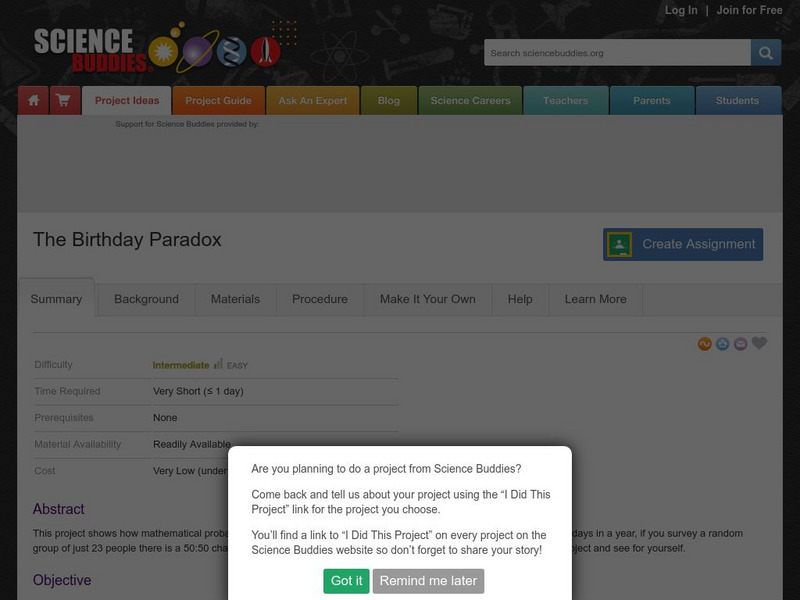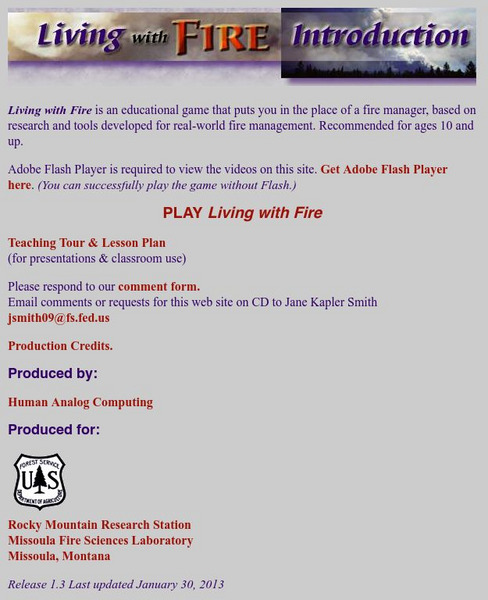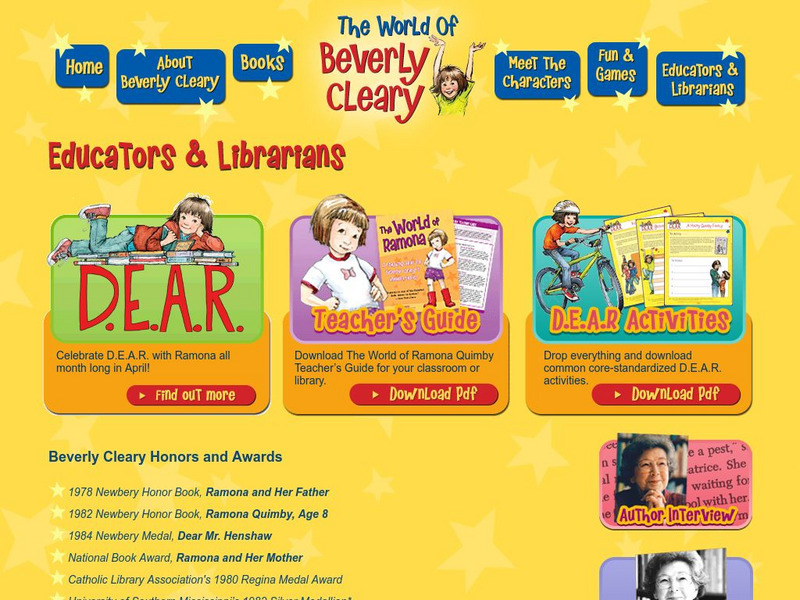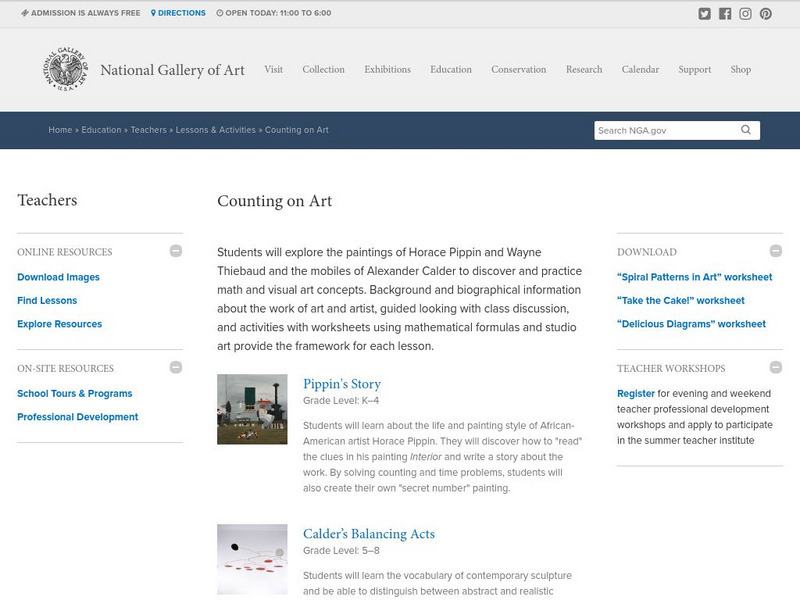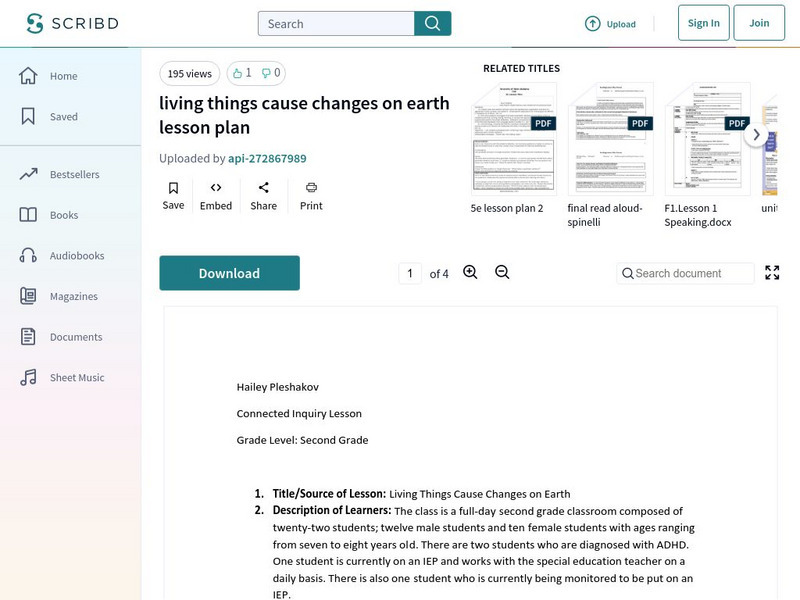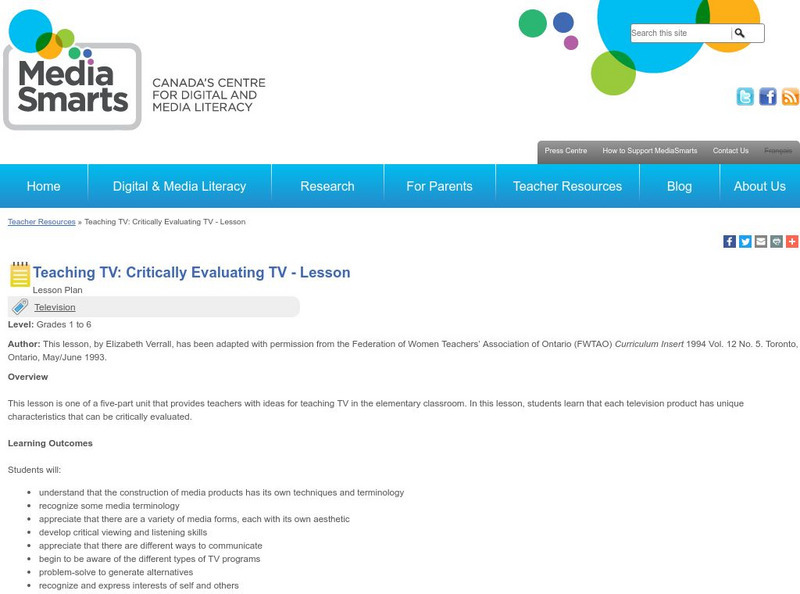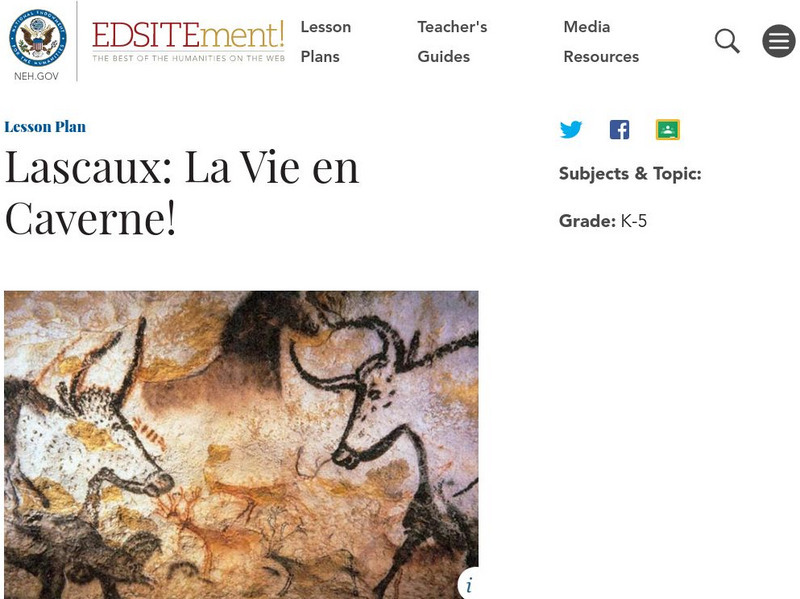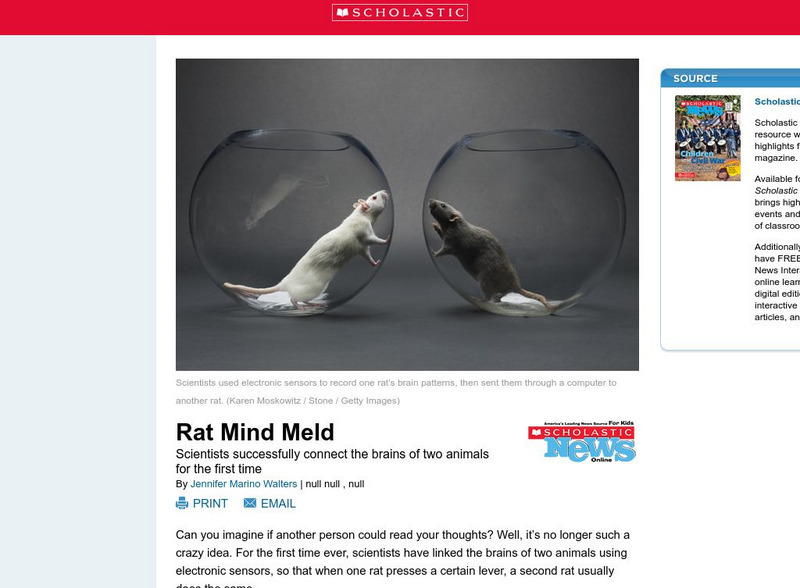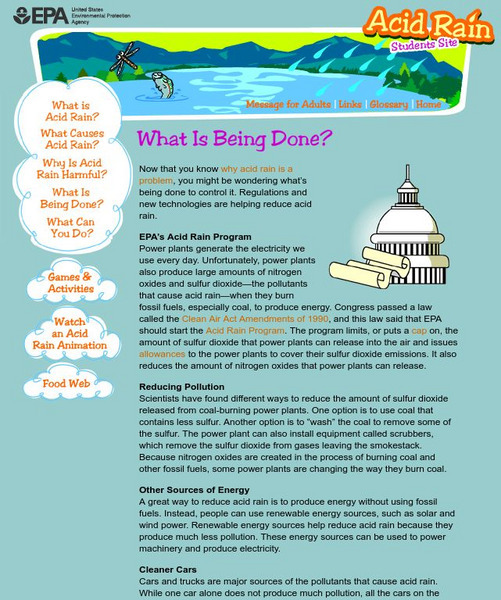Science Buddies
Science Buddies: Are There Dangerous Levels of Lead in Local Soil?
The element lead is a neurotoxin that is particularly dangerous to young children. Among other uses, lead compounds were common paint additives until being phased out for safer titanium-based additives beginning in the 1960's. Lead...
Science Buddies
Science Buddies: The Birthday Paradox
This project shows how mathematical probability sometimes contradicts our intuition. Despite the fact that there are 365 days in a year, if you survey a random group of just 23 people there is a 50:50 chance that two of them will have...
US Forest Service
Rocky Mountain Research Station: Living With Fire
Play a great interactive game where you become a fire manager and learn to deal with fire safety. Also, explore the lesson plans for presentation and the classroom.
Other
The World of Beverly Cleary: Teaching Resources
A comprehensive guide to teaching Beverly Cleary's Ramona books. Includes material available as web pages as well as PDF formats. Also provides the words of Cleary herself when discussing characterization, as well as some unforgettable...
Other
Lunar and Planetary Institute: Explore! Ice Worlds
Features a collection of hands-on activities, investigations, and explorations designed to engage students in learning about ice, both in the solar system and on planet Earth.
Other
Harper Collins Children's Books: Laura Ingalls Wilder
This site features the works of Laura Ingalls Wilder.
National Gallery of Art
National Gallery of Art: Counting on Art
Several lesson plans available for grades K-8 that take a look at math and art. Each lesson includes printable resources, glossary of terms, an artist biography, and national math and visual arts standards.
NASA
Nasa: Night Sky Network: Pocket Solar System
Individual or classroom activity helps students understand the solar system because they can visualize it. Extension resources are included.
New York Times
New York Times: Scribd: Living Things Cause Changes on Earth Lesson Plan
This detailed lesson plan will have the students researching why and how animals make changes to the Earth. Students will discover that animals make changes on Earth for various reasons such as shelter, protection from predators, and...
Media Smarts
Media Smarts:teaching Tv: Critically Evaluating Tv Lesson
MediaSmarts provides digital and media literacy lessons for students. In this activity, students will learn to watch and listen to a television with a critical lense
Other
Bmw: Safe on the Streets
The BMW Group offers interactive, fun, easy-to-use resources for teachers, parents, and students to help find ways to keep safe on the streets. Provides safety tips, activities, and quizzes that help you learn to be safe whether you are...
PBS
Pbs Learning Media: Map of the Human Heart
See how the human heart moves blood through the body in this animated feature from the NOVA: "Cut to the Heart" Web site.
Globio
Glossopedia: Earth Day
Earth Day is a worldwide celebration held annually on April 22nd. The purposes of Earth Day, the history of and the various activities held around the world are described. Activities and projects that can be done daily or year round are...
Utah Education Network
Uen: Trb 3:5 Investigation 6 Heat From Machines
Learn how heat energy can be produced by mechanical and electrical machines.
Utah Education Network
Uen: Trb 3:1 Investigation 3 What Is Moonlight?
Understand that the moon shines by reflecting sunlight.
Better Lesson
Better Lesson: Tie It Up With Transition Words to Write a Story!
Read, write, and present a digital narrative with transition words to help us put the events in order! After modeling the lesson, groups of students will write narratives to recount a short sequence of events, they will include details...
Better Lesson
Better Lesson: Go Figure With Figurative Language It Helps With Predicting!
In this lesson, students will use figurative language, digital tools, and illustrations to write a story. The teacher will model how to use an app that has onomatopoeia to create a story with a good beginning, middle, and end. A video...
Children's Museum
The Children's Museum of Indianapolis: Mold and Cast
Students will define the term fossil, identify the difference between a mold and a cast fossil, and understand how scientists use models to learn about the physical structure of something in the natural world.
Science Buddies
Science Buddies: Measure Photosynthesis With Floating Leaves
In this activity, you will be able to observe the oxygen production in leaves by doing a floating leaf disk experiment. You can also find out how quickly plants produce oxygen, and what variables affect photosynthesis.
East of England Broadband Network
E2 Bn: About Myths and Legends: Why Are Stories Told
This website from England explains the role of myth and legend in every culture and gives many reasons for the importance of the retelling in myth, especially to children. There are links to other interesting spots on the general website.
Colonial Williamsburg Foundation
Colonial Williamsburg: Merchant Match Up
Match these Historic Area establishments with their appropriate signs.
National Endowment for the Humanities
Neh: Edsit Ement: Lascaux: La Vie en Caverne!
For this lesson plan, students will consider "Lascaux: La Vie en Caverne!." The plan includes worksheets and other student materials that can be found under the resource tab.
Scholastic
Scholastic News: Rat Mind Meld
This article describes how scientists connected the minds of two rats using electronic sensors.
US Environmental Protection Agency
Epa: Acid Rain: What Is Being Done?
The EPA discusses the actions the government agencies are taking to reduce acid rain.



